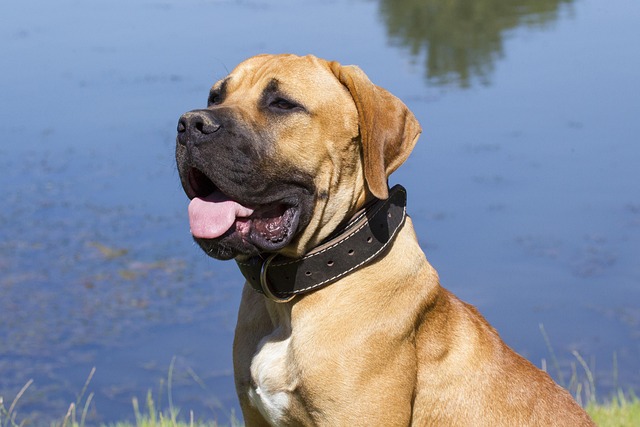
How do I start my dog on agility training?
The idea of watching your dog leap, weave, and race through an agility course is exhilarating. But before you dive in, it’s essential to understand the journey ahead,
When we walk with our dogs on the street, we are supposed to enjoy a leisurely time, but suddenly encounter a cat. The dog instantly tenses up, barks non-stop, and even struggles to break free from the leash to pounce on the cat. Such a scene makes every owner embarrassed and worried. The aggression of dogs towards cats not only threatens the safety of cats, but also makes the walk time between the owner and the dog full of tension and anxiety. Understanding the reasons behind this behavior and finding effective solutions is a topic that every owner who hopes to build a harmonious pet relationship must face, and it is also our responsibility to treat life gently.
The aggression of dogs towards cats has complex biological and behavioral roots. From an evolutionary perspective, the ancestors of dogs, as predators, have an instinctive desire to chase fast-moving objects. The agile body and sudden running movements of cats can easily stimulate the hunting nature in dogs. In addition, territorial awareness is also an important factor. In the dog's cognition, the route for walking with the owner is their "territory". When the cat enters this range, the dog will regard it as an intruder and defend the territory through aggressive behavior. Some dogs may lack early socialization training, feel fear and anxiety about unfamiliar animals, and then use attacks to cover up their inner fragility. Behind every dog's aggressive behavior, there are their ununderstood emotions and instinctive reactions, which require the owner to interpret with patience and professional knowledge.
Facing the dog's aggressive behavior, the owner must first remain calm. When the dog is excited and wants to rush to the cat, if the owner pulls the leash hard in panic, it will increase the dog's tension and make the situation worse. The correct approach is to issue simple commands in a steady and firm tone, such as "no" and "stop", and control the dog with gentle but powerful movements to prevent it from getting closer to the cat. In this process, the owner's emotions and behaviors are like a beacon, guiding the dog to calm down. If the owner can stay calm, the dog will gradually feel safe and slowly relax his tense nerves.
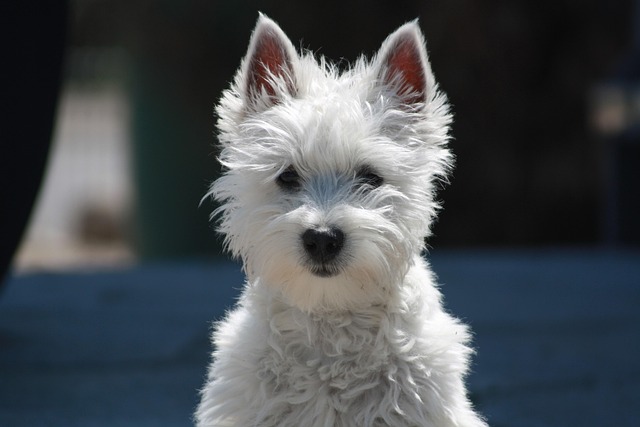 Gradual desensitization training is the key to solving dog aggression. In the early stages of training, the owner needs to plan the walking route in advance, choose a time period and place where cats are less likely to appear, and let the dog relax in a relatively safe environment. Then, start introducing cat elements. You can first use pictures and videos of cats, show them to the dog when the dog is in a good mood, and give delicious snacks as rewards, so that the dog can associate the visual information of the cat with positive experiences. When the dog can calmly face the cats in pictures and videos, try to observe the real cats from a distance.
Gradual desensitization training is the key to solving dog aggression. In the early stages of training, the owner needs to plan the walking route in advance, choose a time period and place where cats are less likely to appear, and let the dog relax in a relatively safe environment. Then, start introducing cat elements. You can first use pictures and videos of cats, show them to the dog when the dog is in a good mood, and give delicious snacks as rewards, so that the dog can associate the visual information of the cat with positive experiences. When the dog can calmly face the cats in pictures and videos, try to observe the real cats from a distance.
When conducting desensitization training during actual walks, make sure that the dog and the cat maintain a safe enough distance, and this distance is appropriate for the dog not to show aggressive behavior. Once the dog notices the cat, the owner should immediately call its name in a gentle tone to attract its attention, and give snacks as rewards in time. As the training progresses, gradually shorten the distance between the dog and the cat, but make sure the dog is in a controllable state every time.
In addition to desensitization training, it is also crucial to enhance the dog's obedience training. Through daily basic training, such as reinforcing the practice of commands such as "sit down", "stand by", and "come here", the dog will develop the habit of obeying the owner's orders. When the dog sees the cat during a walk, the owner can control it more effectively with commands. For example, when the dog is about to rush to the cat, the owner gives the "sit down" command. If the dog can obey, it should be rewarded and praised immediately. This kind of intensive training can not only improve the dog's obedience, but also further consolidate the trust relationship between the owner and the dog.
In the whole process of correcting the dog's aggressive behavior, the owner's company and care are indispensable. The aggressive behavior of dogs often stems from inner anxiety and instinctive drive, and they need the guidance and comfort of the owner. In addition to training, spend more time interacting and playing with the dog, giving it enough attention and caressing, so that it feels full of security. When the dog behaves well during the walk and does not show aggression towards the cat, the owner should give timely encouragement, and tell it with hugs, praise and delicious snacks that such behavior is recognized.
Every dog is a unique individual, and the process of solving aggressive behavior will not be achieved overnight. Perhaps during this process, the owner will feel tired and frustrated, but as long as we respect and love life and adhere to scientific training methods, we will be able to help the dog overcome its aggression. One day, when we meet the cat again with our dog, and the dog can walk past the cat calmly, we will not only gain a successful training result, but also a beautiful testimony of the harmonious coexistence of life. This effort not only makes our dog more docile and friendly, but also adds more warmth and beauty to our lives.

The idea of watching your dog leap, weave, and race through an agility course is exhilarating. But before you dive in, it’s essential to understand the journey ahead,

Deciding to bring a Yorkie into your home means embracing a tiny bundle of energy and charm, but it also raises an important question: how straightforward is potty training?
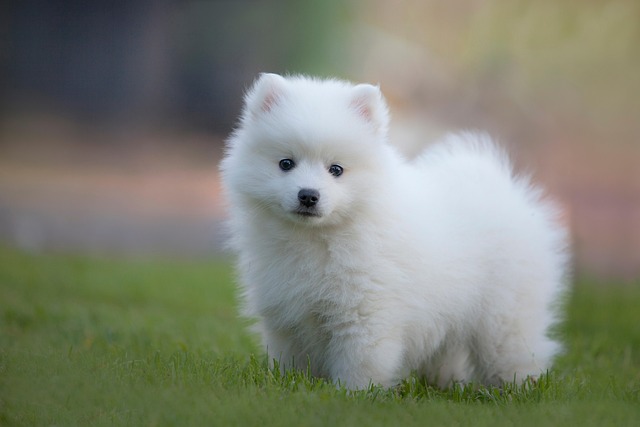
Bringing home a new puppy is an exciting adventure, but it also comes with the big question: What is the first thing you should train your puppy?

Imagine you’re at Seattle’s Green Lake Park with Luna, your energetic Shepherd mix. She spots a duck and lunges, choking herself on the collar.
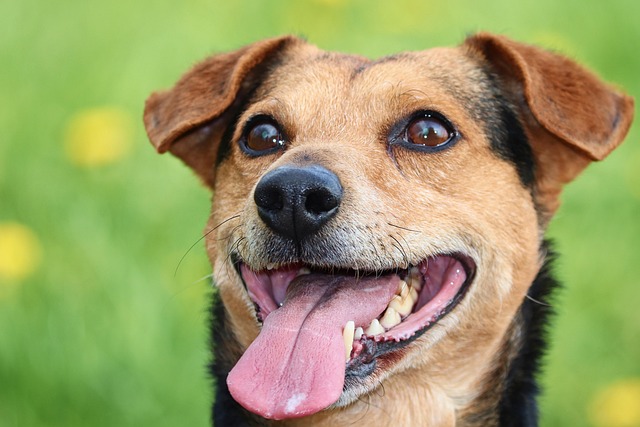
Teaching a 2-year-old dog to fetch might seem challenging, but it’s a rewarding way to bond and keep your furry friend active. Fetch isn’t just a fun game—it provides mental stimulation and physical exercise, essential for a healthy dog.
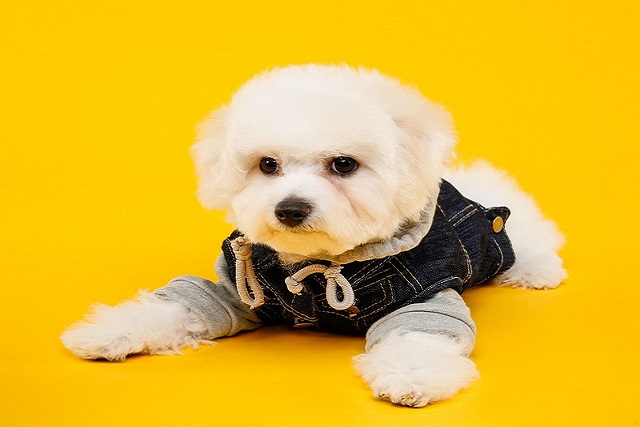
You’ve read all the articles, stocked up on premium treats, and patiently clicked and rewarded your new rescue pup, Charlie.